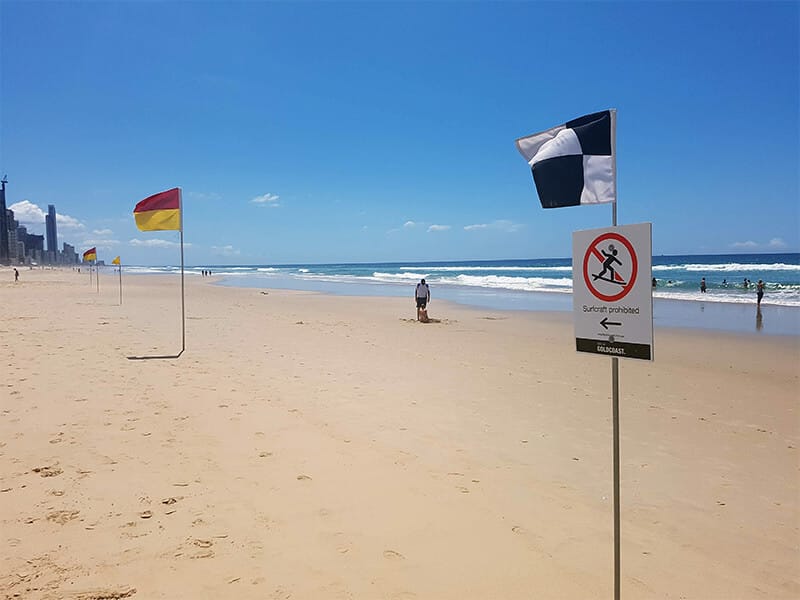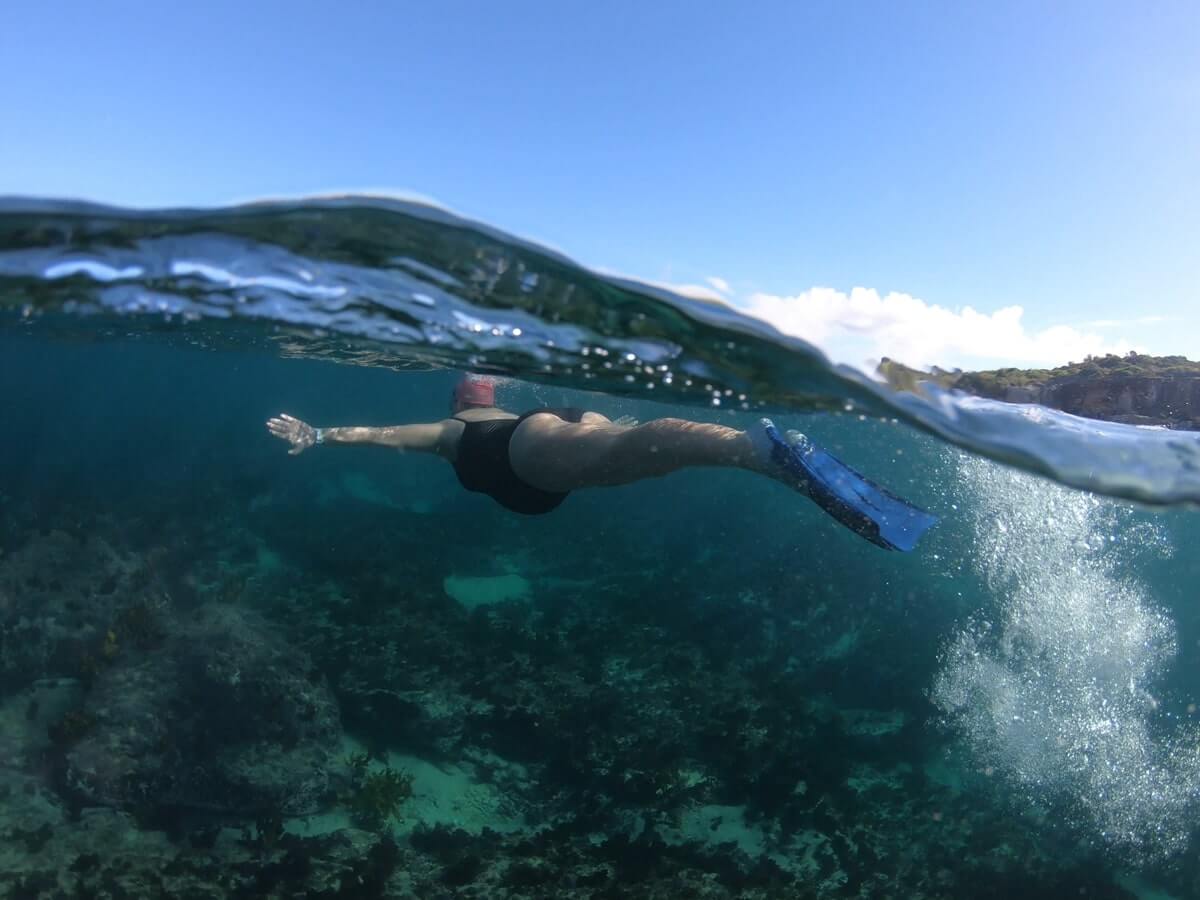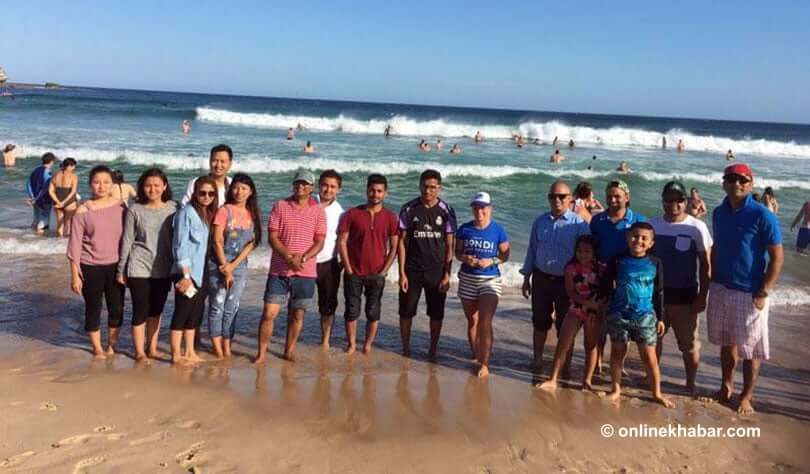How to swim straight in open water using sighting

One of the biggest challenges swimmers face when transitioning from the pool to open water is being able to swim in a straight line.
In the open water environment, there’s no black line to follow, no ‘T’ at the end to let you know the wall is coming up or flags to help you count your strokes before tapping the wall or turning.
In open water swimming the technique used to help you swim in a straight line is called ‘sighting’.
Swimming sighting technique
Sighting forward is performed by lifting your head up and looking forward at the start of your breathing cycle (instead of to the side), and finishing your breath to the side.
A modified version that can be used when practising, or as an advanced option when performed with a ‘freestyle polo’ technique, is to lift your head up and then straight back down without finishing to the side.
The benefit of breathing to the side to complete your sighting technique is that it will more closely match your usual breathing technique, feel more comfortable and ultimately be more efficient.
At any time you lift your head up when swimming freestyle the natural tendency is for your lower body/legs to want to sink under the water. To combat this; switch on your core, kick stronger and glide out on your leading arm.
When to use sighting
Sight regularly as you swim out through the wave zone (the area from the shore to where the waves are breaking first) to be constantly aware of where the waves are in relation to you.
You could sight as often as every breath depending on what the waves are doing (i.e. frequency, wave distance, speed etc) and how much time you’ll require to locate, assess and react to waves.
Once you’re in open water you’ll need to sight often enough to stay on course. In an event situation, you’ll be looking for swim buoys, and when swimming socially you’ll be looking for landmarks (i.e. house, tree, light pole) on the shore to guide you.
When returning to shore, pick a landmark that you can line up over a sandbank (a shallow area of water where the sand has banked up) and swim towards it to ensure you swim the shortest distance to the beach.
For effective sighting in ocean swells use the swell crests (the top of a wave or swell) to get up high so you can see into the distance.
Case Study: James the triathlete
James got in touch with OceanFit to help him become more a more efficient open water swimmer after struggling in the swim leg of his triathlons.
The area James felt like he was struggling with the most was swimming in a straight line. He was happy swimming in the pool, however, once he got into the open water his inability to swim straight meant he was using excess energy during his swim leg and ultimately swimming further than everyone else!
Using his GPS Tracker James could see he was swimming all over the place (see map below).

After just a single private lesson with OceanFit James learnt to sight effectively and had his swimming sighting technique tweaked to suit the open water environment.
Wearing the same GPS Tracker in his next triathlon James was able to see the huge improvement in the lines he was swimming and now feels like the swim leg is an area he can continue to make improvements in, as well as enjoy a lot more!

How to improve your swimming sighting technique
OceanFit has a number of pool drills video lessons that will assist you in learning how to sight efficiently.





Responses